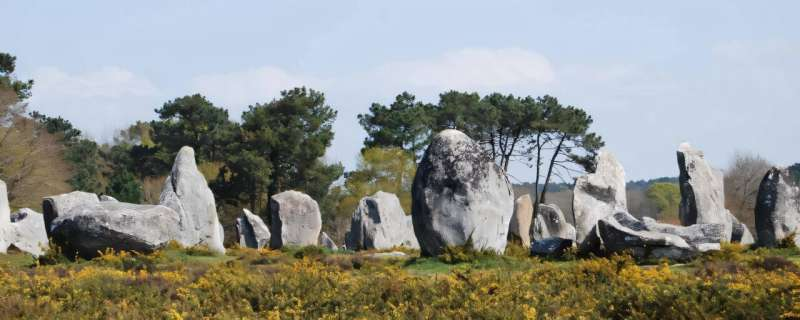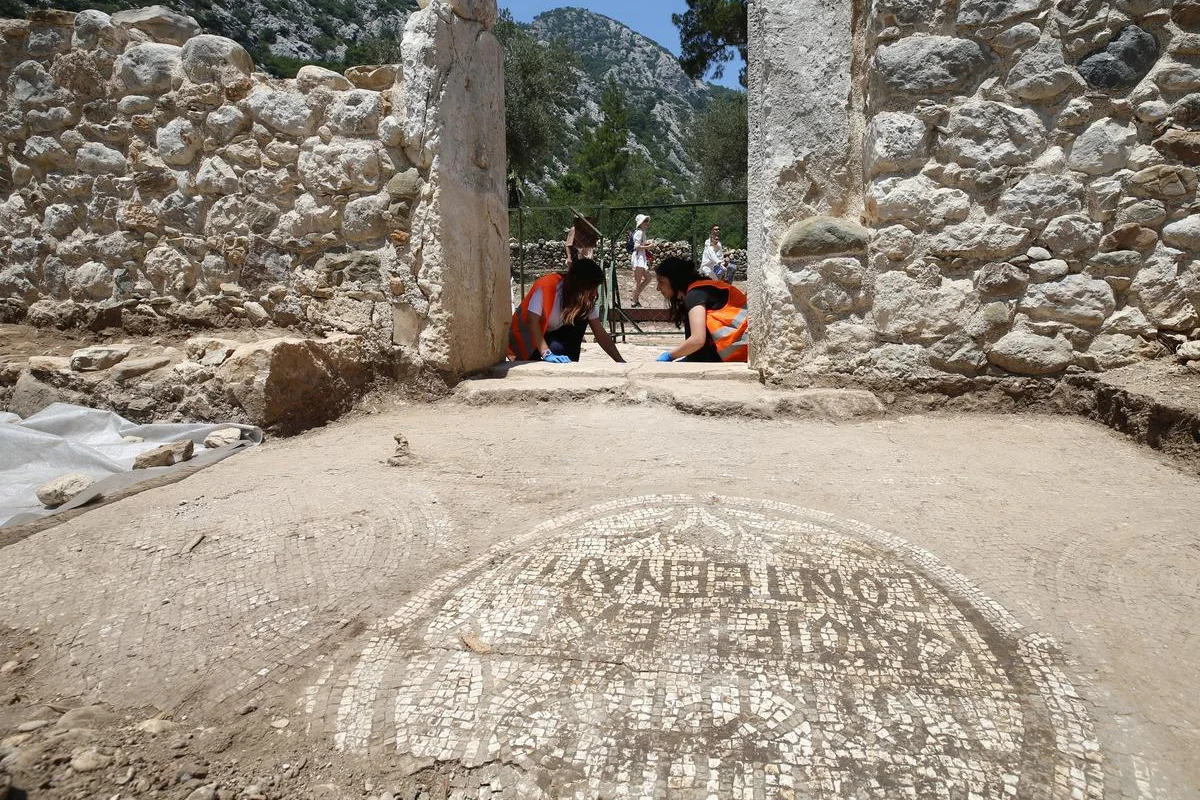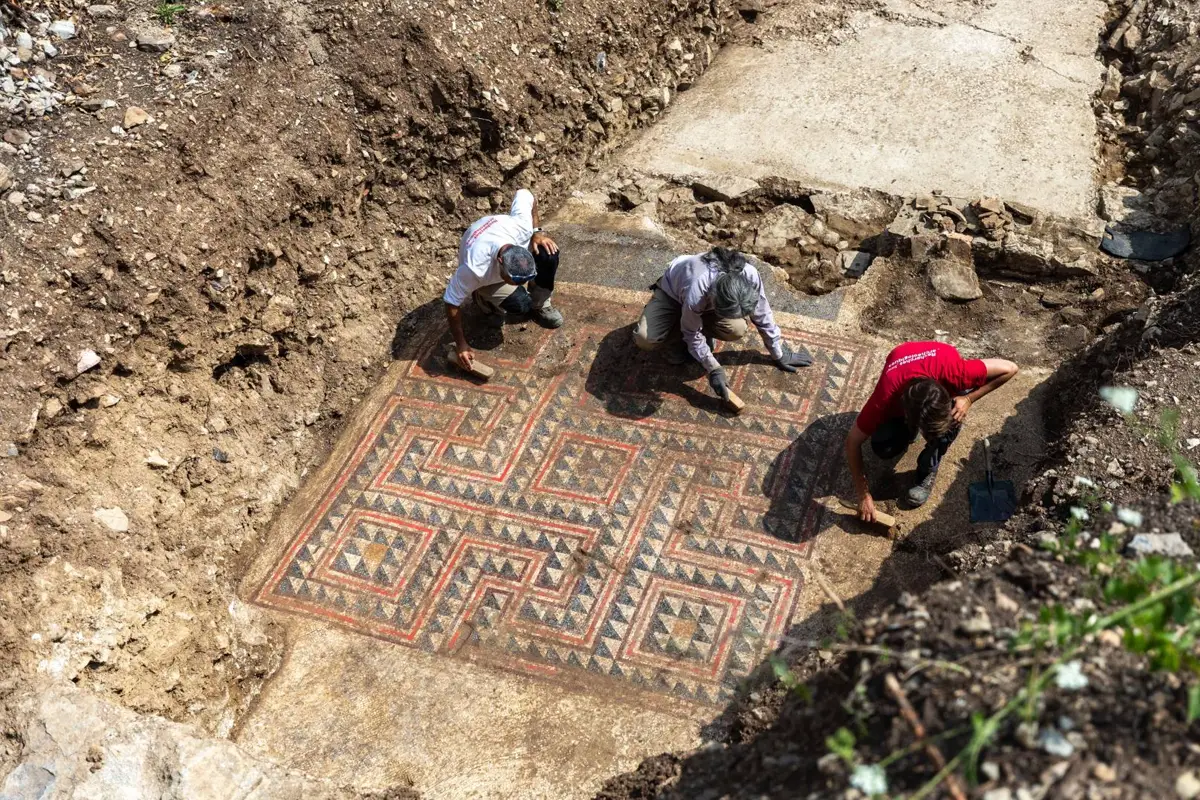History aficionados have been astonished by the buildings and constructions that have been left behind for millennia. The amount of knowledge we can glean from structures like the Parthenon and the Great Pyramid never seems to end. But frequently, what can be seen from above the ground is insignificant in compared to the amazing discoveries made below our feet. These enormous underground constructions, whether they be ancient reservoirs, theaters, temples, or cloaked castles, serve as a living reminder of the extraordinary creativity of the ancient world.
10 Chavin De Huàntar, Peru
Chavin de Huántar, a pre-Colombian pilgrimage site, has an area of around 12,000 square meters (130,000 square feet). The spectacular aspect of the site, which consists of made-up terraces and squares, covered stone structures, and a sunken plaza, attests to its ceremonial and cultural significance in the context of ancient Andean religion.
The three layers of underground tunnels, ventilation shafts, chambers, and stone-lined galleries make up the site's true character. Here, you can witness carved obelisks and statues in their original locations and be in awe of the massive scale of the site's brickwork. In fact, Chavin de Huántar is unmatched among South America's subterranean archaeological sites in terms of the network of drains and vents that is found inside the site's core.
9 Qanat Firaun, Jordan
The Roman-Hellenistic Decapolis cities of Adraa, Abila, and Gadara received water from the Qanat Firaun, also known as the Gadara Aqueduct. The 170 km (105.6 mi) pipeline, which was only uncovered in 2004, is not only the oldest and longest underground aqueduct, but also the most intricate.
It was built in the qanat style, with several tunnels connecting vertical shafts spaced every 20 to 200 meters (65 to 650 feet), or every 65 to 650 feet. Over 600,000 cubic meters (21,200,000 cu ft) of limestone were removed by hundreds of miners over the course of 120 years to build the tunnel, which is equivalent to more than a fourth of the Great Pyramid's overall volume.
8 The Mithraeum At The Baths Of Caracalla, Rome, Italy
The Roman Mithraic cult, a religious organization centered on the Persian god Mithra, had underground temples known as mithraeums. Archaeologists discovered the largest Mithraeum ever discovered in 1912 at the Baths of Caracalla, measuring 230 square meters (2,475 square feet).
Sadly, the great hall's artwork was mostly destroyed by the passage of time, although some relief sculptures and inscriptions were preserved. The fossa sanguinis, a deep pit into which initiates were lowered to be baptized by the blood of a slaughtered bull, is one of its most notable remaining features.
7 The Knights’ Halls, Acre, Israel
The Hospitaller Knights, a monastic order that dedicated themselves to treating the sick and injured during the First Crusade, constructed the Knights' Halls. The complex of halls, which are all a part of the Hospitaller's citadel, were cleverly constructed beneath the castle and prison of Acre—the port city and entrance to the Holy Land.
The building has a dining room, many interconnected halls, an old Gothic church, and a dungeon. After the Crusaders were routed in 1187, the site was largely destroyed by the conquering Muslim army, but it was reconstructed during the Second Crusade. Only 5,000 square meters (53,819 square feet) of the three-story archaeological masterpiece have been dug up to this point.
6 The Basilica Di San Clemente, Rome, Italy
The tiny Basilica built in 99 AD in honor of Pope St. Clement may not appear to be remarkable from the outside, but upon closer investigation, you will notice that it is an unadorned, multi-layered portrayal of Rome's religious history. The lower church, or lower Basilica, is located directly beneath the lavishly decorated 12th-century Basilica. This church dates to the fourth century and was constructed in part over what historians believe to have been a Roman nobleman's residence.
It not only has one of the largest collections of early medieval frescoes in Rome today, but it was also the location of the papal conclave in 1099. A building that was destroyed in the great fire of A.D. 64 is still standing beneath the lower Basilica, together with a Mithraeum that houses a number of Mithraic monuments.
5 Prasanna Virupaksha Temple, Hampi, India
The Prasanna Virupaksha Temple, also known as the Underground Shiva Temple, was buried for more than 400 years before it was unearthed in the 1980s amid the fascinating remains of Hampi, a World Heritage Site. The temple, which resembles the temples on Hermakuta Hill in design and arrangement and is thought to have been used by the royal family for private rites, has a number of carvings, sculptures, and murals.
The enormous inner sanctuary features a striking hall with pillars and exquisitely carved columns that actually reach the roof. Despite excavations and ongoing efforts to conserve the site, the flooring of the hall and the inner sanctuary are still submerged.
4 Hal Saflieni Hypogeum, Island Of Malta
The Hal Saflieni Hypogeum is the only known prehistoric underground structure in the world, and it was built approximately 2500 B.C. Many people think it began as a refuge, but it was also a necropolis, and thousands of human bones have been found inside its enigmatic rooms. The Oracle Room, a carved hole in the wall that, if someone talks into it, creates an echo that reverberates throughout the Hypogeum, is one of its most notable features.
Many believe the hole played a significant role in the ancients' rites because several smaller chambers throughout its three levels gather up these echoes and transform the reverberations into something that sounds a lot like a heartbeat. Other characteristics include its unusual alignment with the equinoctial sun, enormous stone carvings like to those at Stonehenge and Baalbek, and an intricately painted ceiling with ocher spirals.
3 Mausoleum Of Qin Shi Huang, Xi’an, China
The first Qin emperor of China is interred in the Qin Shi Huang Mausoleum, which dates back 2,200 years. Many Westerners are unaware that the mausoleum is actually China's most elaborate tomb complex because it is most well-known for its partially unearthed Terracotta Army, which is located to the north and south of the mound. The four-layered complex has a subterranean palace, an inner city, an outside city, and several auxiliary structures and tombs.
The 600 square meter (6,500 square foot) underground phenomena took more than 700,000 workers more than 38 years to construct, and in the forty years archaeologists have been excavating the site, they have only just begun to scratch the surface. Even though excavation of the central tomb holding the underground palace has not yet been authorized, we know from historical documents that it represented the emperor's actual residence while he was alive and that it takes up more than two-thirds of the inner city.
2 Tomb Of Seti I, Abydos, Egypt
The longest and deepest tomb in Egypt's Valley of the Kings is the Tomb of Seti I. Its magnificent reliefs, vibrant murals, and finely carved column showing Seti I and the goddess Hathor make it the first tomb to be artistically embellished and decorated. In fact, the tomb's decoration extended over every room, roof, and hallway, setting the standard for future kings' tombs. Unfortunately, because of moisture changes brought on by excavations in the 1950s and 1960s, many of the tomb's walls have cracked or crumbled, and it is now largely off limits to visitors.
1 The Basilica Cistern, Istanbul, Turkey
Although its name might lead one to believe otherwise, the Basilica Cistern is much more than just an old water storage facility. It was replaced in the third and fourth century with a splendid temple surrounded by lush gardens. Emperor Justinian had 7,000 slaves reconstruct the ancient building, which was 9,800 square meters (105,500 square feet) in size, on the exact same site after it was destroyed by fire. It is a wonder to behold and is also referred to as the Sunken Palace.
You can access the 336 carved marble columns that support the Cistern's arched roof by descending a flight of stone steps. Each of these columns is 9 meters (30 feet) tall and has intricate engravings. When it was in use, the Cistern provided water to the First Hill's structures, notably the Great Palace of Constantinople, and it still does so today. Only a few feet of water are present today. It has served as the focus of a number of movies, books, and most recently, a video game.
















